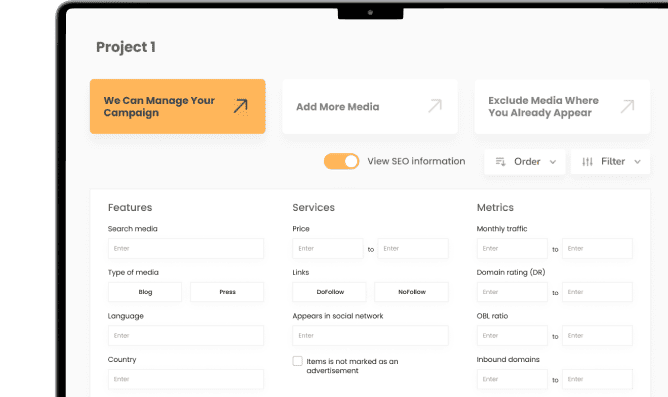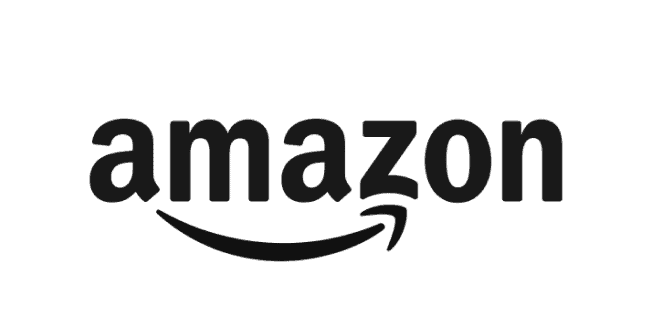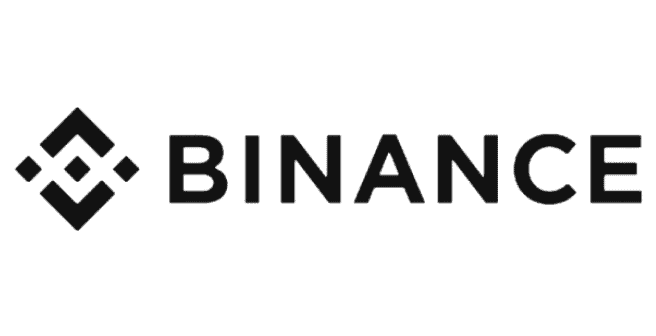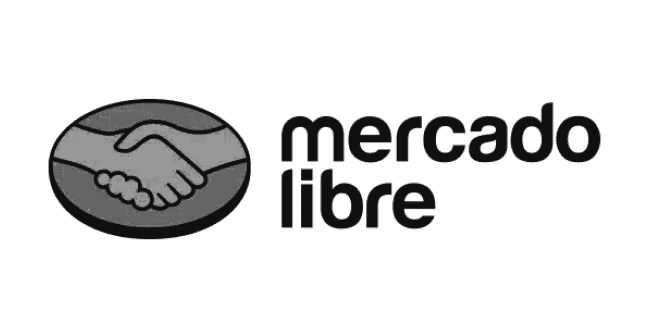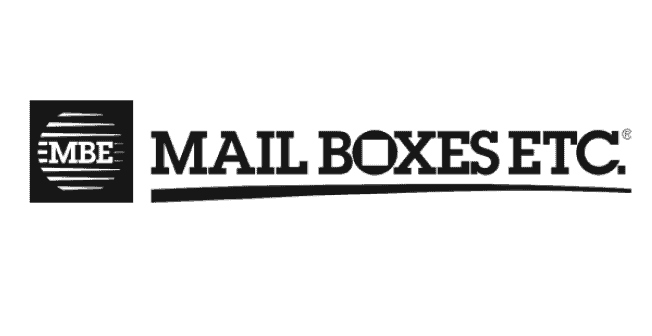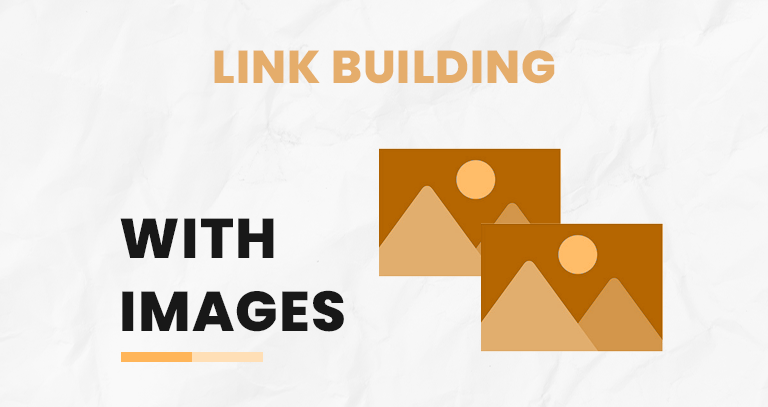
On websites, images have stopped being mere ornaments and have become powerful tools. Beyond beautifying web pages, their proper optimization can skyrocket a site’s visibility and strengthen its online authority. From infographics that condense complex information to visual galleries that attract views and links, visual content has emerged as an invaluable ally in link building. Discover how these strategies not only boost traffic but also consolidate brands’ digital presence in an increasingly competitive environment.
The Visual Power in SEO
Images play a crucial role in web positioning by capturing user attention and enriching the browsing experience. When optimized properly, they reinforce a site’s visibility and authority, increasing traffic and visitor retention. Strategic images improve search rankings and brand visibility, making them powerful SEO tools.
Visual content not only grabs attention but also increases time spent on the page, a critical factor for SEO. Additionally, well-tagged and optimized images can appear in image search results, generating additional traffic and link opportunities.
Effective Strategies for Link Building with Images
Creating Original and High-Quality Visual Content
The key to attracting links through images lies in creating unique and high-quality visual content. Images should be original and relevant to the target audience, increasing the likelihood that other websites will use and link to them. Quality and originality not only capture attention but also enhance their shareability on digital platforms.
To achieve this, it is essential to invest in professional graphic design and produce images aligned with the brand’s identity. Using techniques like professional photography, custom illustration, or mockup design can differentiate your visual content and make it more attractive to other websites.
Infographics as Link Building Tools
Infographics are exceptional tools for link building, condensing complex information in an attractive and shareable way. They are more likely to be shared than other types of content, acting as link magnets. They should be informative, well-designed, and aligned with the audience’s interests. Choosing relevant topics and promoting them across multiple platforms increases the chances of gaining backlinks.
To maximize the impact of infographics, it’s important to conduct thorough research on the topic, ensure that the data is accurate and up-to-date, and present it in a visually appealing way. Additionally, creating interactive or animated versions can further increase their appeal and sharing potential.
Image Galleries as Link Resources
Image galleries are an effective strategy for attracting links from other websites. By offering a curated collection of high-quality images, you encourage other websites to link to the gallery as a reliable source. This tactic is particularly effective in industries that heavily rely on visual content, such as fashion, travel, and gastronomy.
To enhance this strategy, it’s important to organize the galleries by specific themes, add detailed descriptions to each image, and make navigation easy. Including sharing options with proper attribution can further encourage distribution and linking to your content.
Reverse Image Search to Recover Lost Links
Reverse image search is a useful technique for identifying unauthorized use of your images on the web. Tools like Google Images allow you to track where your images are being used without proper attribution. By contacting these sites and requesting proper attribution, you can recover lost links, thus strengthening your link profile.
To implement this strategy effectively, establish a systematic process for monitoring your most valuable images. Use automated image tracking tools to receive alerts when new uses of your visuals are detected. When contacting sites that use your images, offer easy-to-implement options for correct attribution, such as preformatted link codes.
Best Practices for Image-Based Link Building
Optimizing Images for SEO
Optimizing images for SEO is essential to maximize their effectiveness. This includes using descriptive filenames, implementing alt text, and compressing images to ensure fast load times. Well-optimized images are more likely to appear in image search results, increasing their visibility and potential to gain backlinks.
In addition to these basic practices, consider using structured data schemas to provide search engines with additional information about your images. Implement a CDN (Content Delivery Network) strategy to further improve image load times, especially if your site has a global audience.
The Importance of Proper Attribution
Ensuring proper attribution when sharing images is crucial. Providing clear instructions on how to credit the source of the image, usually including a return link to the original website, promotes the ethical use of images. Additionally, proper attribution increases the likelihood of gaining valuable backlinks.
To facilitate attribution, create a dedicated page on your website with clear guidelines on how to use and attribute your images. Include examples of correct attribution and provide embed codes that automatically include proper attribution. Also, consider using subtle watermarks on your images as an additional form of protection and brand recognition.
Successful Case Studies of Image-Based Link Building
| Strategy Type | Description | Main Benefit |
|---|---|---|
| Infographics | Creating attractive and shareable infographics | Generating multiple backlinks |
| Image Galleries | Developing high-quality visual galleries | Improving ranking and organic traffic |
These success cases demonstrate the real-world application and effectiveness of the strategies discussed earlier.
The Triumph of a Viral Infographic
A notable success story is that of a digital marketing company that created an infographic on SEO trends. This infographic was widely shared on blogs and social media, generating over 200 backlinks from reputable sites. This was possible thanks to its informative content and visually appealing design, which captured the attention of a broad audience.
The key to this infographic’s success lay in the combination of up-to-date and relevant data with an innovative and easy-to-understand design. The company also implemented a well-planned outreach strategy, including direct contact with industry influencers and active promotion on social platforms specialized in digital marketing.
Success of a Travel Image Gallery
A standout example in the travel industry is a website that developed a gallery of images of popular tourist destinations. By sharing these images with bloggers and travel websites, they secured numerous backlinks, significantly improving their search rankings and increasing organic traffic.
The success of this gallery was based on the exceptional quality of the photographs, which uniquely captured the essence of each destination. Additionally, the site implemented an advanced tagging and categorization system, making it easier for users and other websites to find and use specific images they needed. The inclusion of detailed information about each destination alongside the images further increased its value as a resource, encouraging even more links.
Challenges and Considerations in Visual Link Building Strategy
Navigating Copyright Issues
One of the main challenges in link building with images is ensuring proper ownership or licensing. Failing to comply with copyright regulations can lead to legal disputes and damage a website’s reputation. Therefore, it is important to ensure that all images used are either owned or properly licensed.
To address this challenge, it is recommended to establish a rigorous copyright verification process before using any images. Consider investing in creating your own image bank or using high-quality stock image subscription services. Additionally, keep a detailed record of the licenses and permissions obtained for each image used in your link-building strategy.
The Balance Between Link Quality and Quantity
In link building, it is essential to prioritize quality over quantity. Low-quality or irrelevant backlinks can harm a website’s SEO performance and lead to penalties. Therefore, it is important to focus on obtaining links from reputable and relevant sources.
To maintain this balance, develop a selective outreach strategy, focusing on websites and blogs that are leaders in your industry or related niches. Use backlink analysis tools to evaluate the quality of the sites linking to your visual content. Prioritize long-term relationships with high-authority sites rather than seeking a large number of links from less reliable sources.
In conclusion, images are a multifaceted component of SEO, influencing rankings, generating backlinks, and improving a website’s traffic and visibility. Understanding and applying these strategies can significantly enhance a site’s performance and visibility in search results. The key lies in creating valuable visual content, optimizing it properly, and promoting it strategically to maximize its link-building potential.

